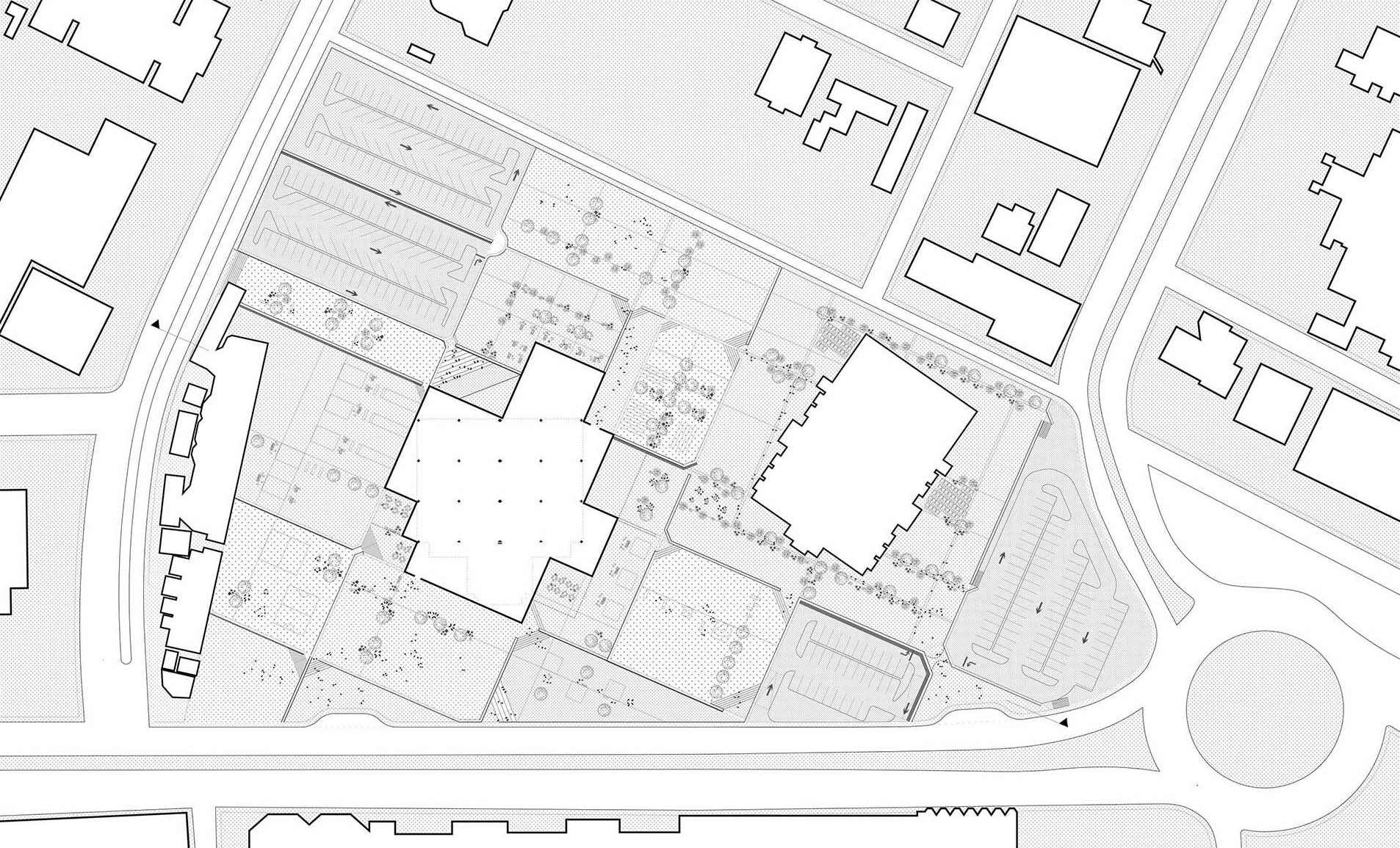








The design of the crossings is integrated with the site strategy. The checkerboard site strategy produces a field from a diptych programming of spaces. These diptychs can engage the binary agents under consideration; male/female, regime/academia, public/refuge, citizen/noncitizen. In the field condition the intersection of the patterns becomes a point of interest. At the singularity two pairs of axis meet, producing an intersection of programs. These axis’ of division become volumetric through the accommodation of circulation, parking and the mediation of sightlines.
The Ruled Crossing deploys crenellation and mud coursing to produce a crossing of two separated paths in the context of Saudi Arabia. Different variations of crossings can be created through the stepping of the coursing, and the crenellated profiles.
Crenellated profiles are created by a wire-cutting technique emanating ruled surfaces, their form relates to the scale of different actions of the body on either side of the wall. Inspired
in crenellation observed in the mud fortresses of Saudi Arabia. The project explores beyond ornamentation through crenellation, which is now freed from its militaristic purpose. Crenellation now allows for the the people to interact with the wall in diverse ways.
Team: Noora Aljabi and Alexander Kobald